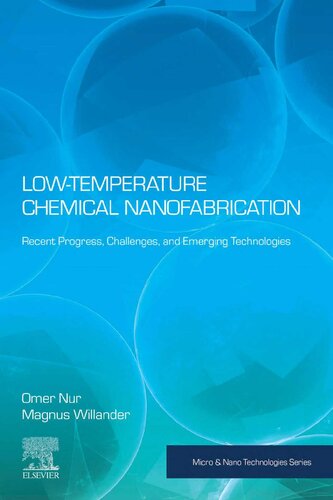

Most ebook files are in PDF format, so you can easily read them using various software such as Foxit Reader or directly on the Google Chrome browser.
Some ebook files are released by publishers in other formats such as .awz, .mobi, .epub, .fb2, etc. You may need to install specific software to read these formats on mobile/PC, such as Calibre.
Please read the tutorial at this link: https://ebookbell.com/faq
We offer FREE conversion to the popular formats you request; however, this may take some time. Therefore, right after payment, please email us, and we will try to provide the service as quickly as possible.
For some exceptional file formats or broken links (if any), please refrain from opening any disputes. Instead, email us first, and we will try to assist within a maximum of 6 hours.
EbookBell Team

4.8
84 reviewsLow Temperature Chemical Nanofabrication: Recent Progress, Challenges and Emerging Technologies offers a thorough and theoretical background to nanoscale fabrication phenomena, also covering important practical applications. It covers the conventional top down and the newly emerging bottom up processing methods. The latter has proven to be feasible for obtaining device quality material and can either be performed using high or low temperature processing. Low temperature (˂100 oC), in particular, is becoming increasingly used due to its simplicity and varied applications, with huge benefits for developing new devices and flexible non-conventional substrates.
This important resource is ideal for researchers seeking to learn more about the fundamental theories related to nanoscale phenomena and nanofabrication.